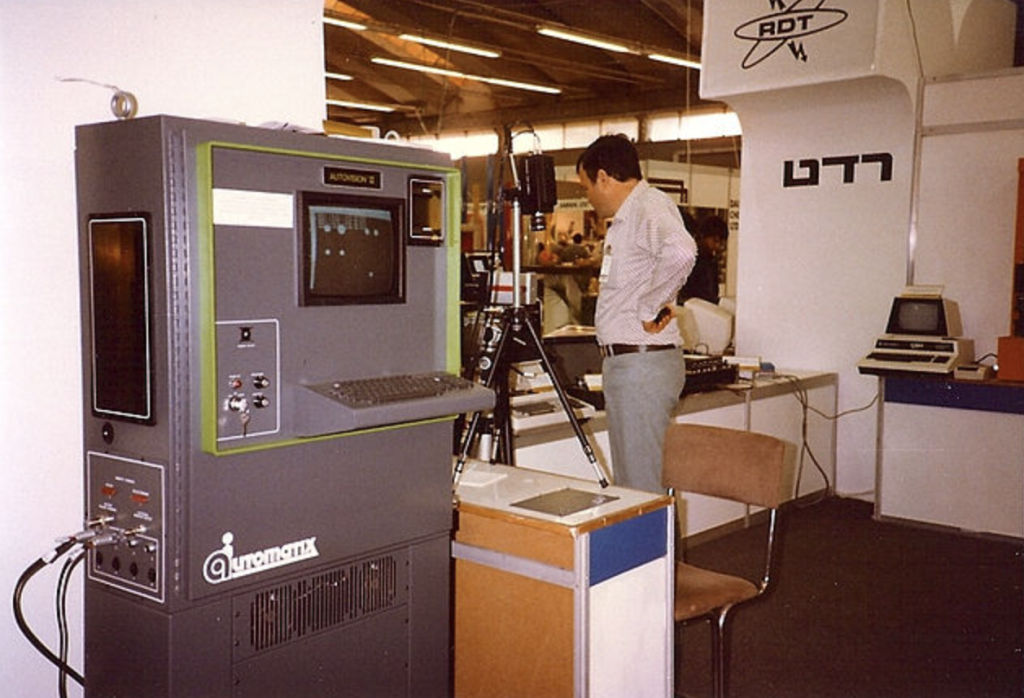In the field of manufacturing, it’s important to keep up with the latest advancements to succeed. Vision systems have been a major breakthrough in recent years and are bringing significant benefits to various industries. Let’s delve deeper into these systems and explore their impact.
The Growing Popularity of Vision Systems in Manufacturing
The Journey of Vision Systems
From humble beginnings as basic barcode readers, vision systems have come a long way. They now boast the ability to recognize intricate patterns, shapes, and colors. Thanks to machine learning and artificial intelligence, these systems can also make decisions autonomously, leading to more effective and efficient production processes.
Different Kinds of Vision Systems
There’s a vision system for every need, with each type designed to tackle specific tasks. Some common systems include 2D vision systems for capturing flat images, 3D vision systems for a more comprehensive view, and multispectral and hyperspectral imaging systems that analyze a wider range of wavelengths for deeper insights.
Why Vision Systems are Beneficial
Superior Quality Control
Implementing vision systems in your manufacturing processes means you can quickly and accurately spot defects, ensuring that only top-quality products reach your customers. This not only minimizes the risk of recalls but also strengthens your reputation for reliability.
Boosted Efficiency
Speed and accuracy are the names of the game when it comes to vision systems. Capable of processing vast amounts of data quickly, they’re perfect for streamlining your manufacturing processes. Automating tasks leads to reduced production time and increased efficiency, ultimately lowering operating costs and boosting profits.
Enhanced Safety Measures
Safety is always a top concern in manufacturing environments. Vision systems help by reducing the need for human intervention in potentially dangerous processes. Plus, they can monitor the workplace, spotting risks before they lead to accidents.
Lower Labor Expenses
Automation is the key to reducing labor costs. Vision systems take over tasks that were once performed by human workers, freeing up staff for more valuable work and reducing the risk of human error.
Increased Adaptability
Modern vision systems offer a high degree of flexibility, allowing you to adapt your processes as needed. Easy reprogramming and reconfiguration mean you can respond quickly to changes in product design or market demand, staying competitive in a constantly changing landscape.
Vision Systems in Action: Real-life Examples
The Automotive Sector
In the automotive industry, vision systems are essential for tasks like inspecting welds, verifying component assembly, and ensuring proper paint application. By automating these processes, vision systems help to increase production efficiency, reduce defects, and maintain consistent quality throughout the production line.
Electronics Production
Vision systems play a vital role in the electronics manufacturing sector, where they inspect components like printed circuit boards (PCBs) and semiconductor wafers. They detect defects such as missing components, misaligned parts, and soldering errors, enabling quick identification and correction of issues before products reach the end customer.
Pharmaceuticals and Medical Devices
Precision and strict adherence to regulations are of the utmost importance in the pharmaceutical and medical device industries. Vision systems ensure compliance by inspecting packaging, verifying label information, and confirming the presence and placement of safety seals. They can also inspect medical devices for defects, ensuring that patients receive safe and effective products.
The Food and Beverage Industry
In the food and beverage industry, vision systems are used to monitor product quality and safety throughout the production process. They can identify foreign objects, verify proper packaging and labeling, and ensure that products meet specific color and size requirements. Automating these inspection tasks helps maintain the high standards consumers expect from food and beverage products.
Overcoming Challenges and Looking Ahead
Integration and Expansion
One challenge manufacturers face when adopting vision systems is integrating them into existing processes and infrastructure. Ensuring seamless communication between vision systems and other production equipment can be complex and may require careful planning and customization. Additionally, manufacturers must consider the scalability of their chosen vision systems, ensuring they can be easily expanded or upgraded as production needs evolve.
Technological Breakthroughs
The world of vision systems is continuously evolving, with advancements in machine learning, artificial intelligence, and sensor technology driving further innovation. To stay competitive, manufacturers must keep up with these developments and be prepared to adapt their systems as needed.
Conclusion
In conclusion, vision systems have become indispensable tools in today’s manufacturing world. They offer a range of benefits, including superior quality control, increased efficiency, enhanced safety measures, lower labor expenses, and increased adaptability. As technology continues to advance, manufacturers must embrace these innovations and harness the power of vision systems to stay ahead in an increasingly competitive landscape.

